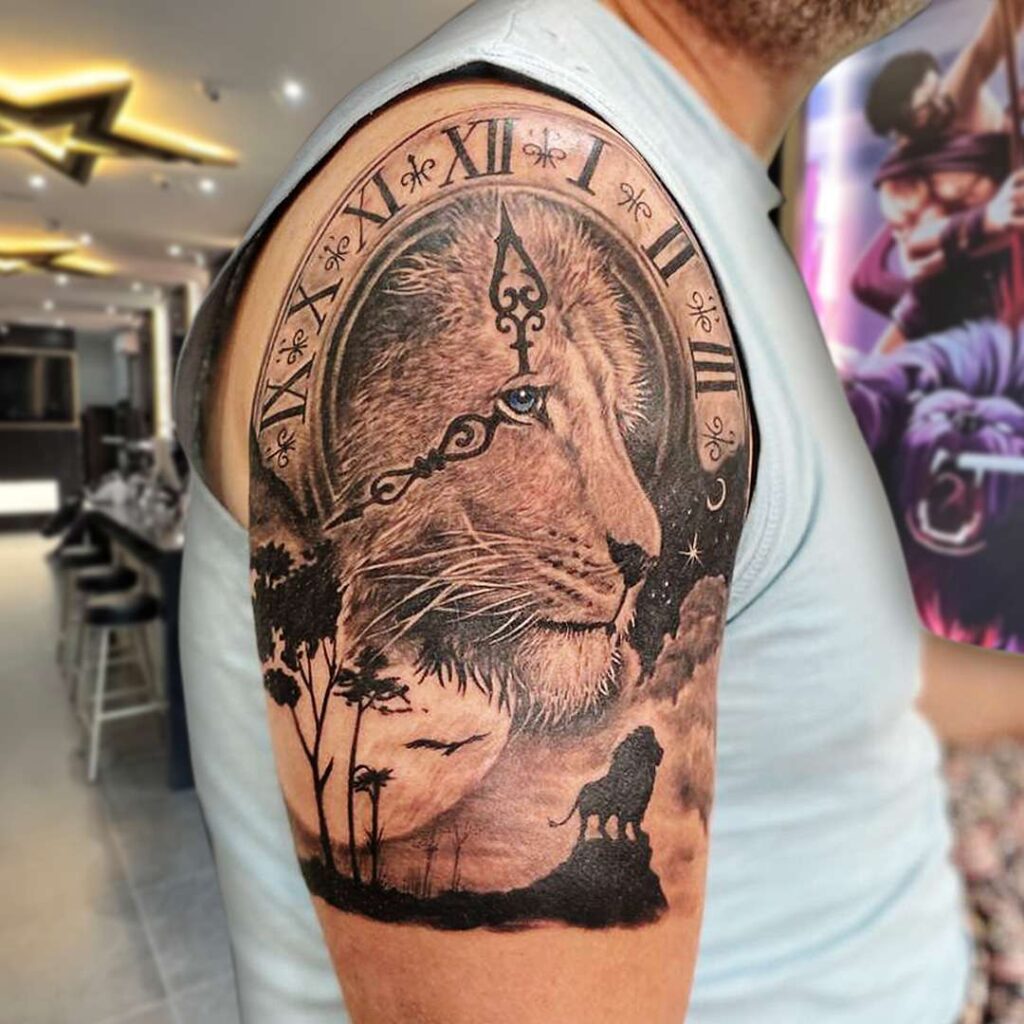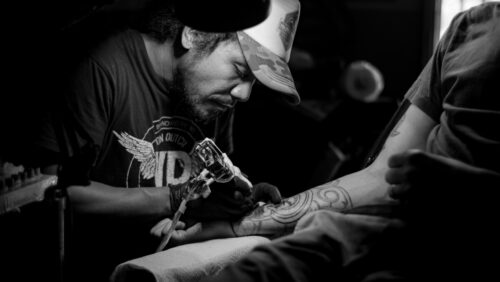Over the past few decades, sustainability has transitioned from being a mere buzzword to a pivotal element in various sectors. Tattooing, with its deep-rooted traditions and powerful self-expressive medium, is undergoing a remarkable transformation to incorporate these sustainable values. This evolution signifies that while the ink may be permanent, the industry’s practices are flexible and adaptive.
The alarming rate of environmental degradation has put green initiatives at the centre of international dialogues. In such a context, the changes within the tattoo industry reflect a broader societal shift. Prioritizing sustainability in tattooing is not just a transient fashionable movement; it represents a deep-seated dedication. This commitment stems from a recognition that every action, even one as intimate as getting a tattoo, can have far-reaching environmental implications.
In Bali, the tattoo culture is experiencing a green renaissance. Balinese tattoo artists, always known for their artistic prowess, are now equally recognized for their eco-conscious practices.
Inks That Don’t Leave A Carbon Footprint
One of the most significant shifts has been the introduction and popularization of organic inks. These inks, devoid of toxic chemicals and animal by-products, offer a safer tattooing experience. They cater not only to the environment but also to clients who are increasingly health-conscious and wary of what goes into their skin.
But the eco-friendly transformation doesn’t stop at inks. Balinese studios are adopting a more comprehensive approach to sustainability. They’re focusing on minimizing their carbon footprint at every stage of the tattooing process. This means energy-efficient lighting and machinery, water conservation systems, and stringent waste management protocols. Moreover, the push for recycling has led to studios reusing and repurposing materials, ensuring minimal wastage.

Reducing Emissions
In recent times, there’s been a marked shift in the Balinese tattoo industry towards sourcing materials from local suppliers. This isn’t just a matter of convenience. By turning to local artisans for inks, tools, and other essentials, Bali’s tattoo artists achieve two significant objectives.
Firstly, by relying on local resources, they drastically cut down on transportation emissions, thereby significantly reducing their carbon footprint. In a world grappling with the effects of climate change, such environmentally conscious decisions resonate deeply.
Secondly, they directly invest in the community when they source materials from local artisans. This boosts the local economy and preserves and promotes traditional crafting techniques. By ensuring that money spent remains within the community, they’re fostering an environment of mutual support and growth.
This approach of intertwining tattoo artistry with local craftsmanship does more than just provide economic and environmental benefits. It reinforces the sense of community. As Bali tattoo studios collaborate with local artisans, ideas, techniques, and stories are shared.
A Sustainable Future for Bali Tattoo Scene
Bali’s commitment to sustainability in tattooing is a testament to the island’s broader dedication to green initiatives. It’s a step towards a future where the beauty of art and the environment coexist in harmony.
Bali continues to be a beacon of inspiration. The union of tattoos and sustainability in Bali is just one example of the island’s forward-thinking approach. It’s a message of hope, showing that even age-old traditions can evolve to meet the demands of the modern world.
